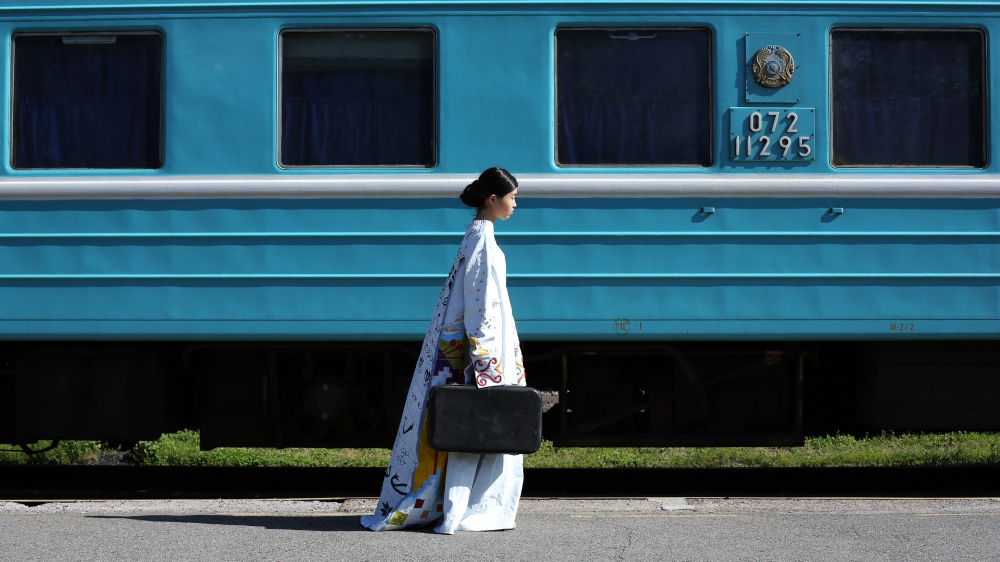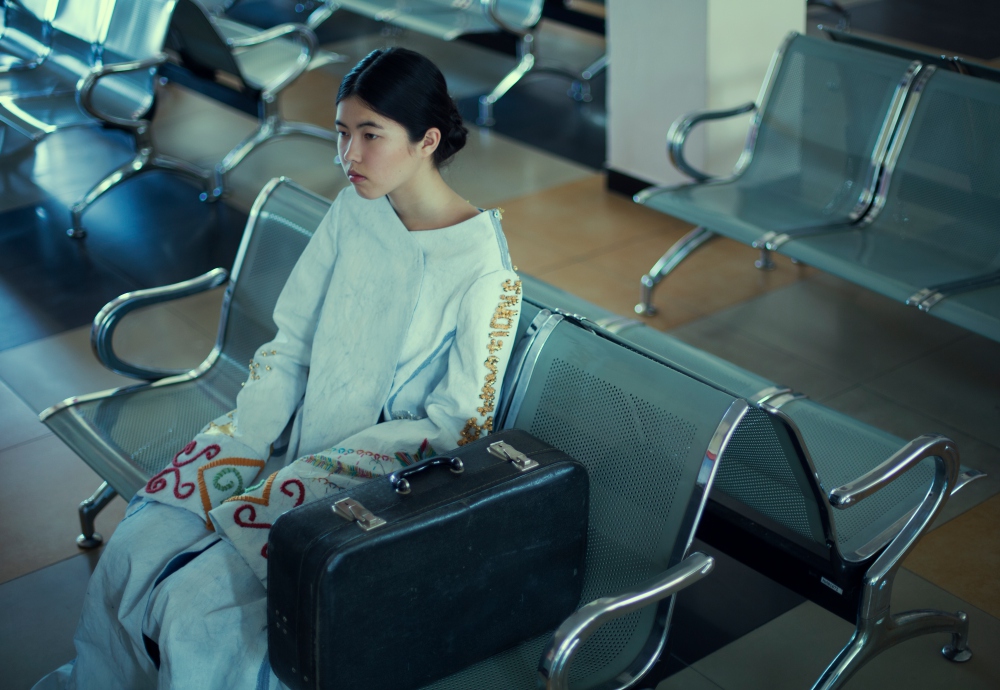Atomik Architecture and the British Council transport us to Kazakhstan during LDF 2016, where we learn about the country’s vibrant cultural landscape 25 years after its independence from the Soviet Union
Running during London Design Festival 2016, City Nomads attempts to retrace the country’s history pre- and post-Soviet Union, showcasing the work of contemporary Kazakhstani artists. Through their work, these artists bring forward questions of identity, legacy and memory: have they inherited the nomadic spirit of their forefathers? Has Soviet propaganda erased their history? How has globalisation affected Kazakhstan?
“Participants found answers through different discourse,” explains the show’s curator Asel Yeszhanova, hinting at the wide variety of film, photography, fashion and architecture appearing in the show. Many of these contemporary artists benefitted from the opening of the county’s borders, enabling them to get an education abroad. Bringing their newly-learnt skills back to Kazakhstan, they have paved the way for a new Kazakh identity, found somewhere between their traditional Kazakh culture and their recently-acquired global status.
Here, Yeszhanova and her Atomik Architecture colleague Mike Oades reflect on the changes brought to Kazakhstan by globalisation, the revival of traditional Kazakhstani crafts, and the question of national identity.

Can you tell me about the history of Almaty?
Mike Oades: Almaty is the former capital city of Kazakhstan; Astana became the new capital in 1997 following independence from the Soviet Union in 1991. It is the largest city in the country and could still be considered the cultural capital of the country.
Not all Almaty’s new citizens arrived willingly. A number of leading dissident politicians, thinkers, writers and artists were exiled to the region. During the Second World War, a number of prominent industrial manufacturers and cultural organisations were relocated there. The legacy of these actions is certainly still felt today and continues to be propagated by the children and grandchildren of a generation of Soviets that made Almaty their home.
How has Kazakhstan been impacted by the fall of the Soviet Union and the rise of globalisation?
MO: In Kazakhstan, the effects of globalisation can be seen in the cities, on the streets and in the hands of its people. I’m not convinced that the embrace of global brands and commodities is either blind acceptance or surrender, more an openness and acknowledgement that Kazakhstan is itself a global nation.
How has life been different for this new generation of artists compared with previous generations?
Asel Yeszhanova: With the acquisition of independence we have more freedom, cultural exchange and access to information resources. Open borders have enabled young artists to get an education abroad. There are new formats including art festivals and exhibitions that bring artists together. It is under these conditions that the work exhibited in City Nomads has been developed, as the younger generation of artists seek the connections to their historical heritage.
It was this awareness of the values and authenticity of Kazakhstan’s cultural and physical landscape that inspired the previous generations of Kazakhstani artists. Their young followers continue this process by bringing a balance between an appeal to the global community and the local audience.
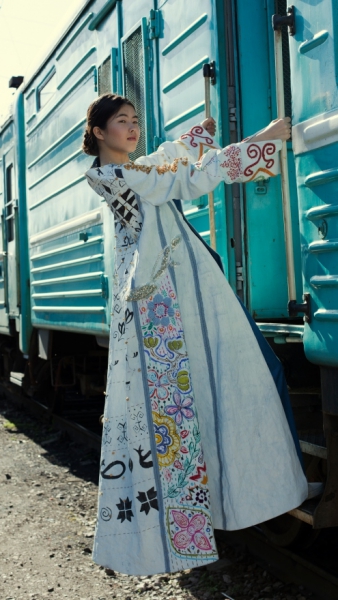
How have the artists tried to tackle the relationship between Almaty and its nomadic past?
AY: The project participants are all residents of the city. As artists, however, they are always in search of the original and its various meanings. At this historic juncture in the creative industries, there is a tendency to focus on the nation’s roots, on the pre-colonial past; and the work in the exhibition results from the symbiosis of the language of contemporary art and nomadic heritage.
For example, in the collaboration between Assel Nussipkozhanova and Kairat Temirgali, the main character of the story is a girl from a village who comes to the city to study. Her experience is manifested in the form of ornaments and embroidery on her coat (Shapan). Her coat is itself a symbol of nomadism, an element of steppe tradition, which wanders through the territory of the city. The route leads from railway station, to a hostel and eventually a night club. There is a kind of initiation, but the transformation on the Shapan is only external: despite the fact that its surface is generously covered with new illustrations, its shape remains unchanged.
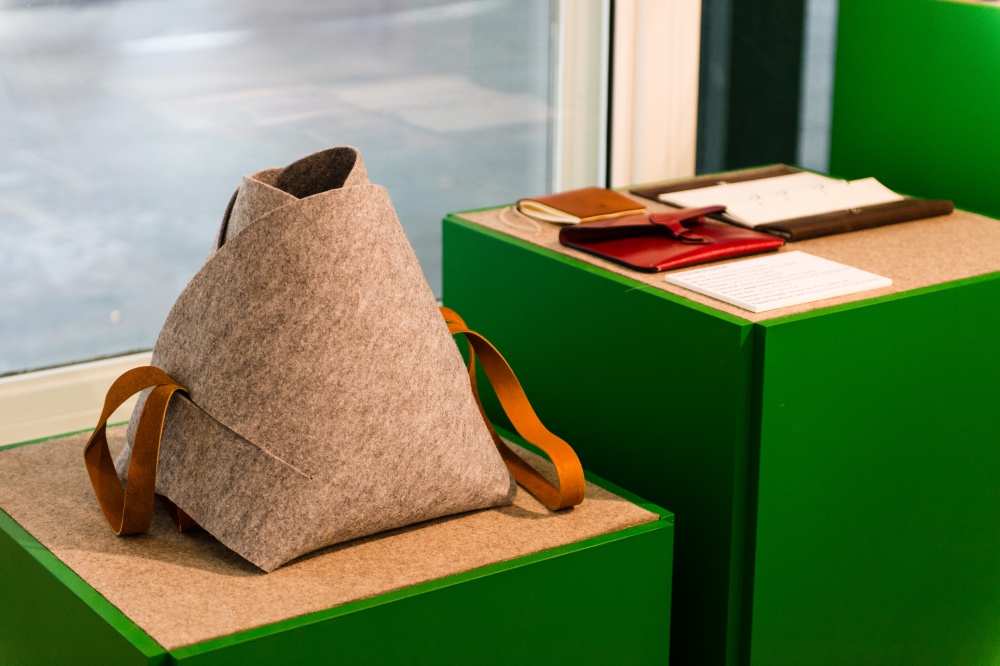
What other questions are these artists bringing forward?
AY: One of the goals of the project was to explore the theme of new identity, which may be a constantly changing phenomenon. Nevertheless, for the purpose of the exhibition, we decided that it was important to fix this reality and asked the participants what is valuable for them at this point in time.
Memory has become a key component of the identity of the participants, but for each of them, memory is encoded in different images. For Bota Serikova, it was the ‘dastarkhan’ (a traditional tablecloth used for meals), which in the exhibition takes the form of a folded felt handbag – a container for the possessions and identity of an Almaty citizen.
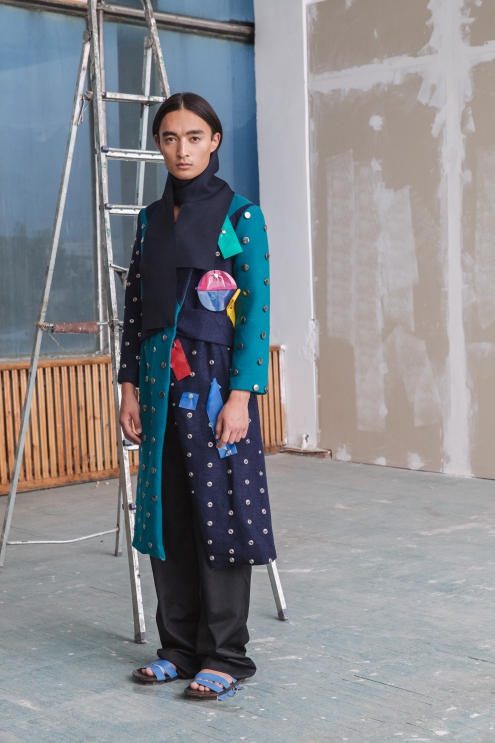
How are the inhabitants of Almaty forging a new identity for themselves?
AY: Almaty is at the forefront of creative industries in Kazakhstan. The resources from the Soviet past were concentrated here and a good foundation for future development.
Due to the fact that the status of capital was given to Astana, a void was left for the self-construction of a new identity. It is important for the city to be a cultural centre. To date, the main initiatives that form the image of the city come from below rather than from above. A revival in traditional crafts to invent new forms of art: film; fashion; photography. It is this that is the treasure of Almaty’s cultural landscape – the new identity of the city.
Interview by Cécile Fischer
City Nomads is part of the London Design Festival and runs until September 23 at the British Council
